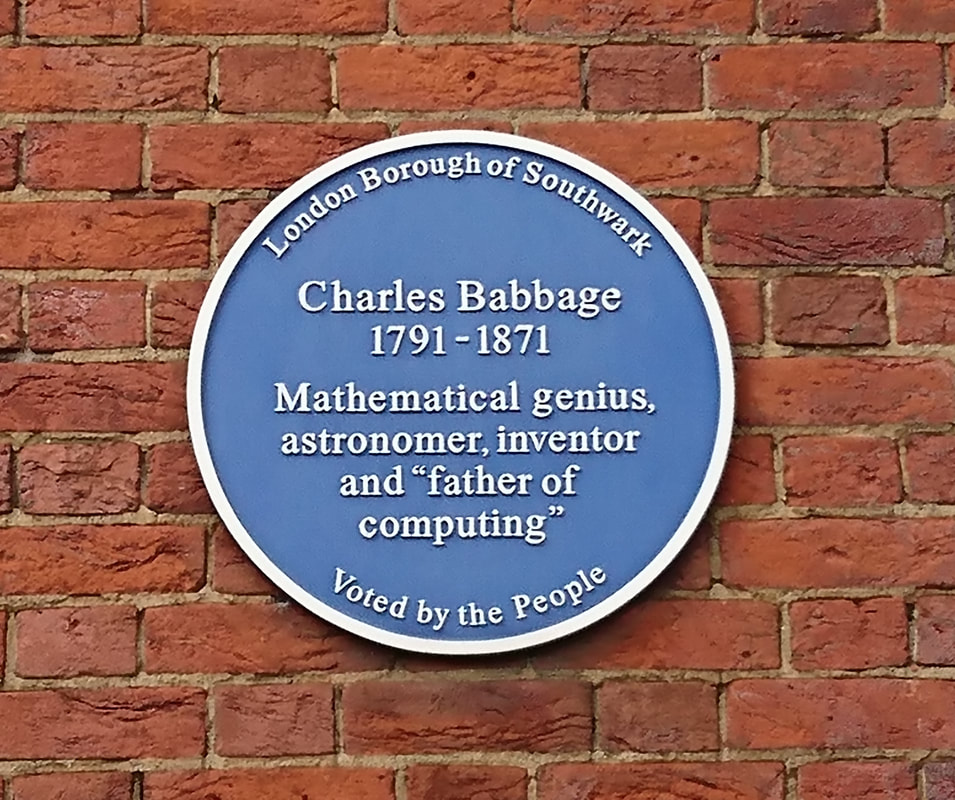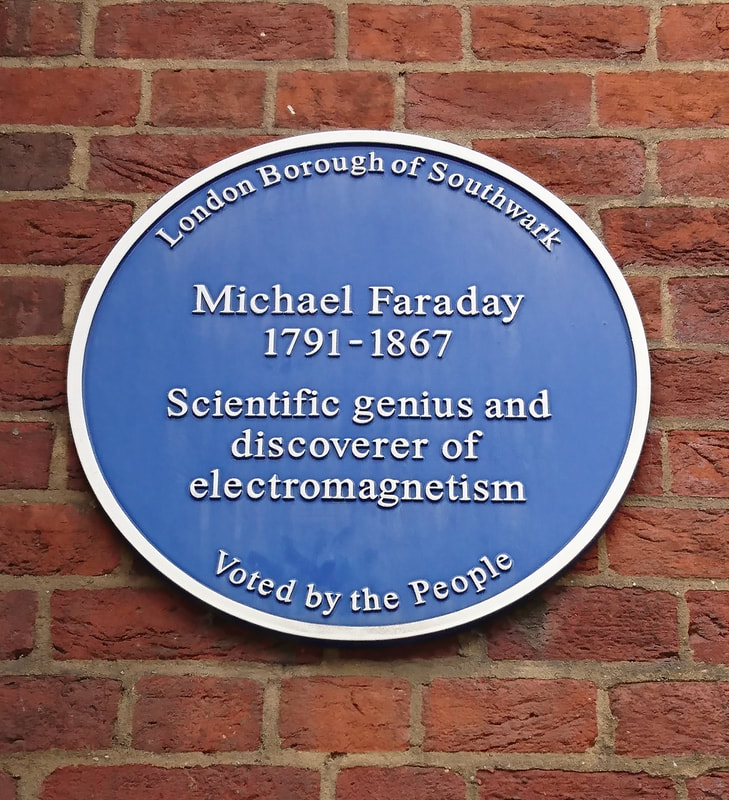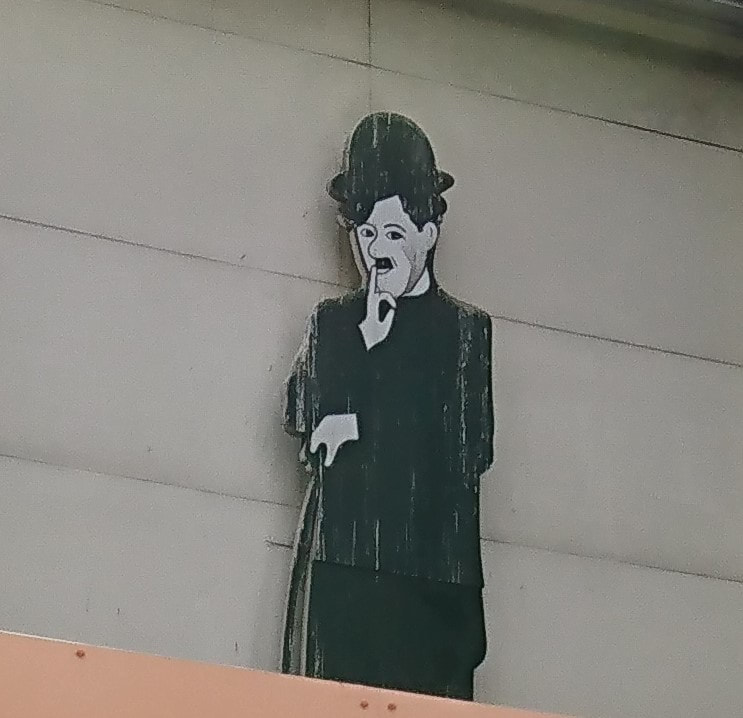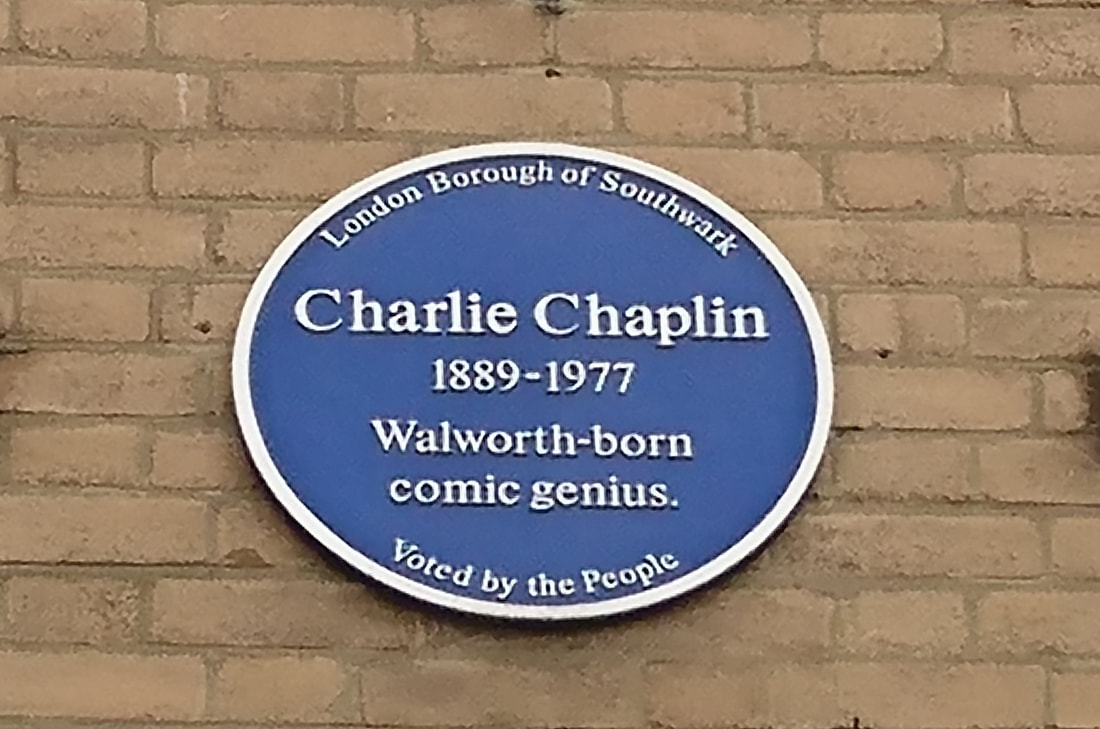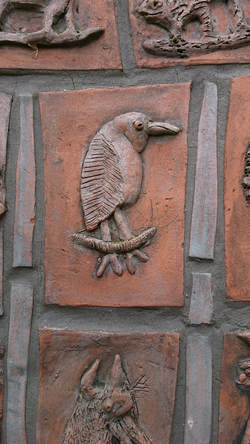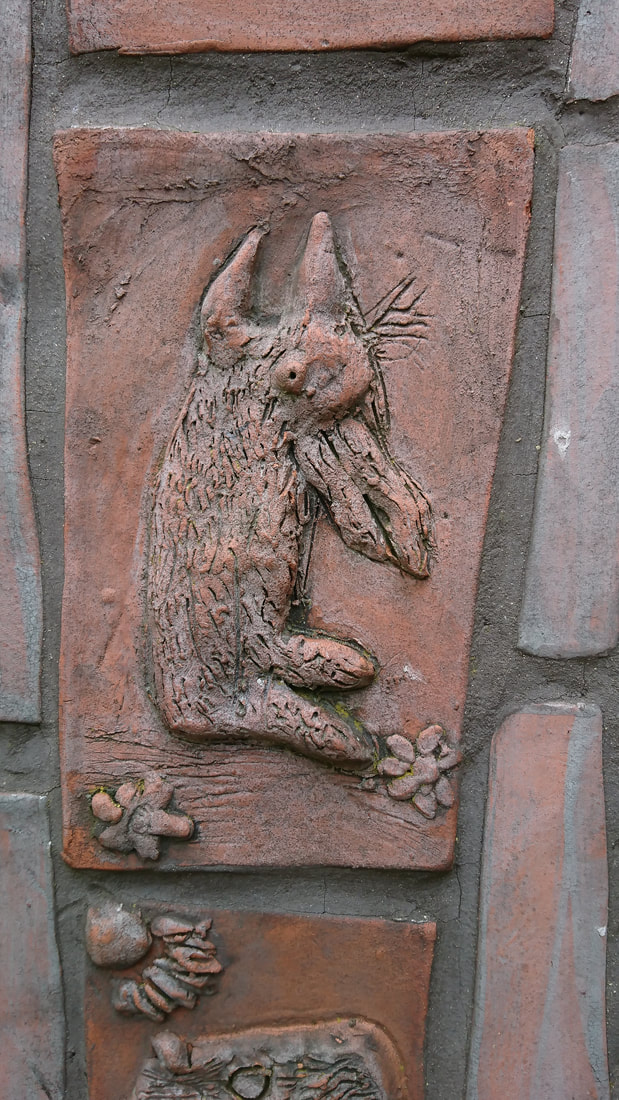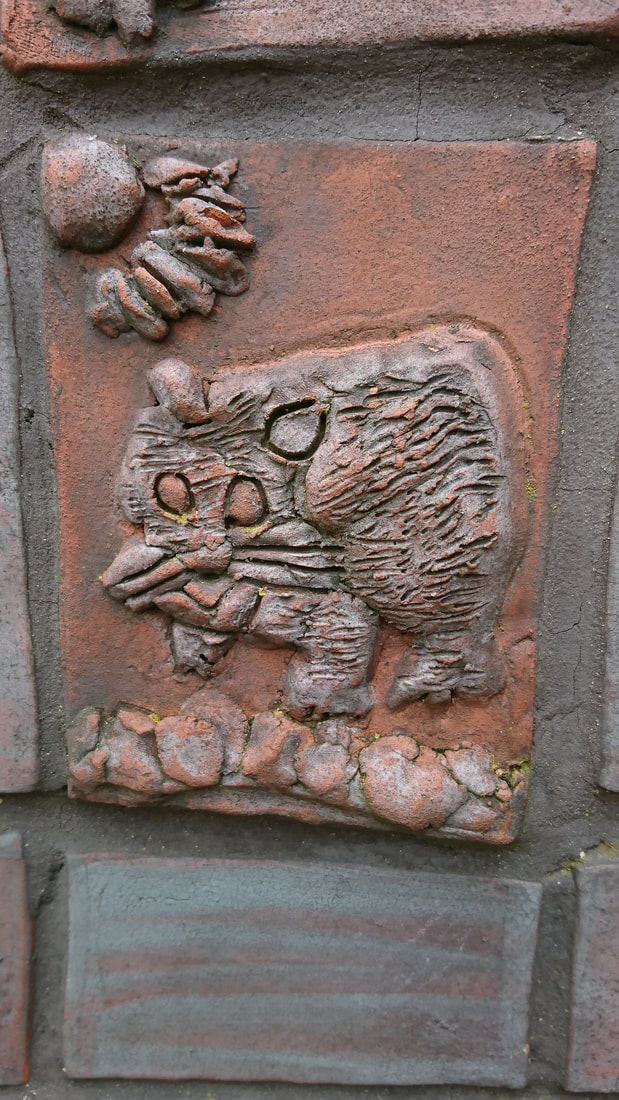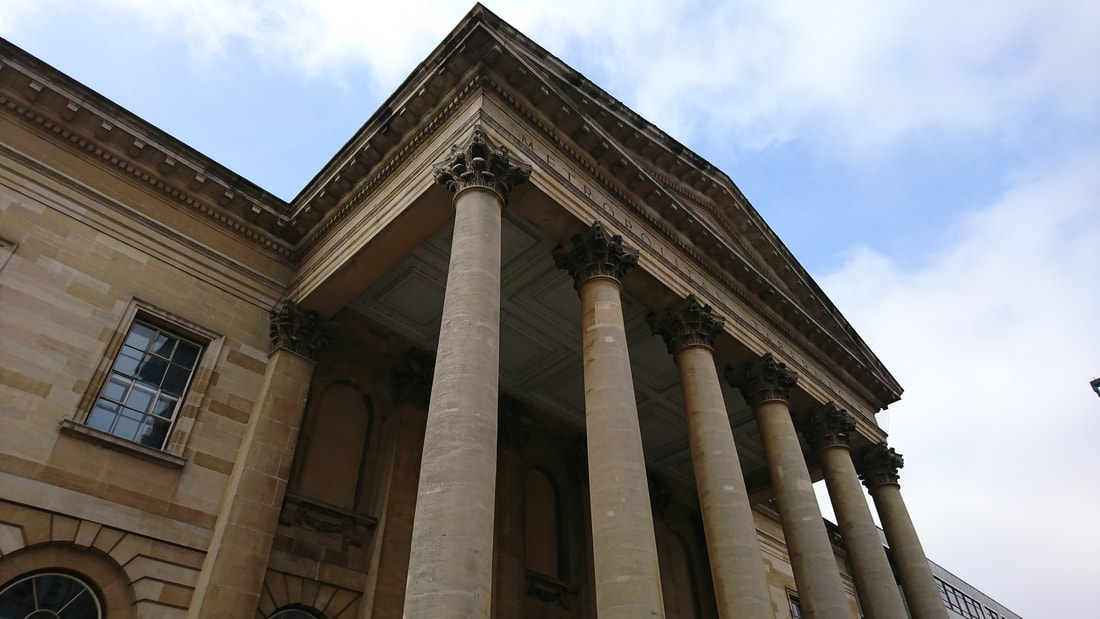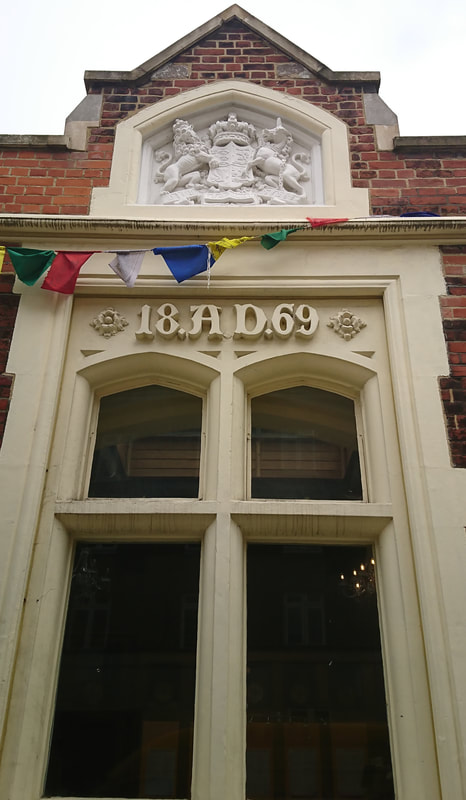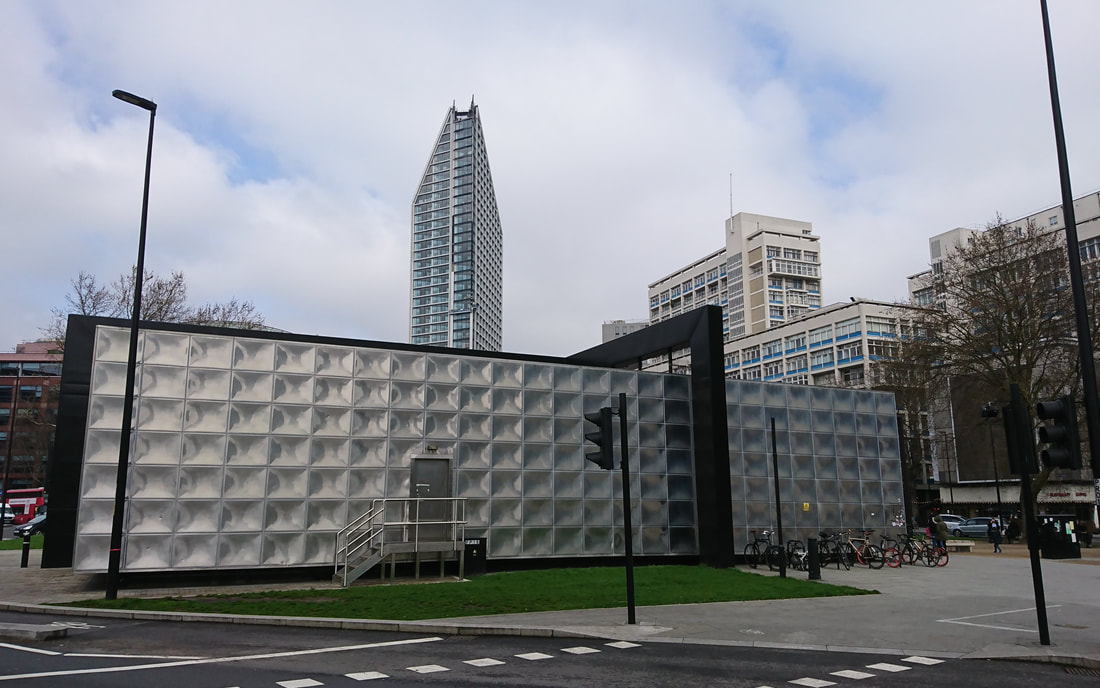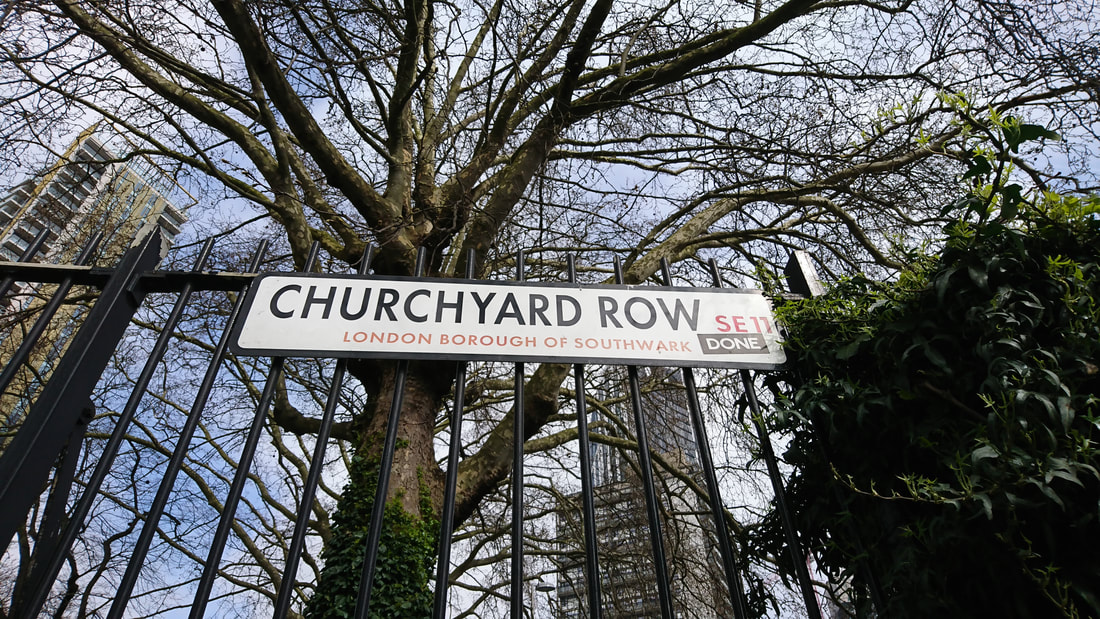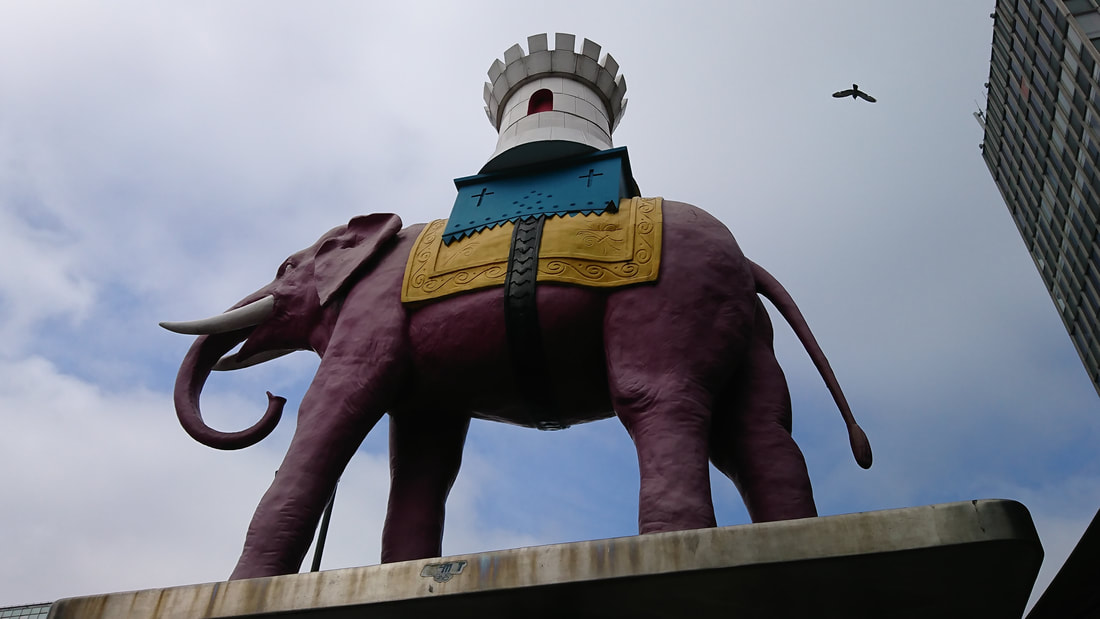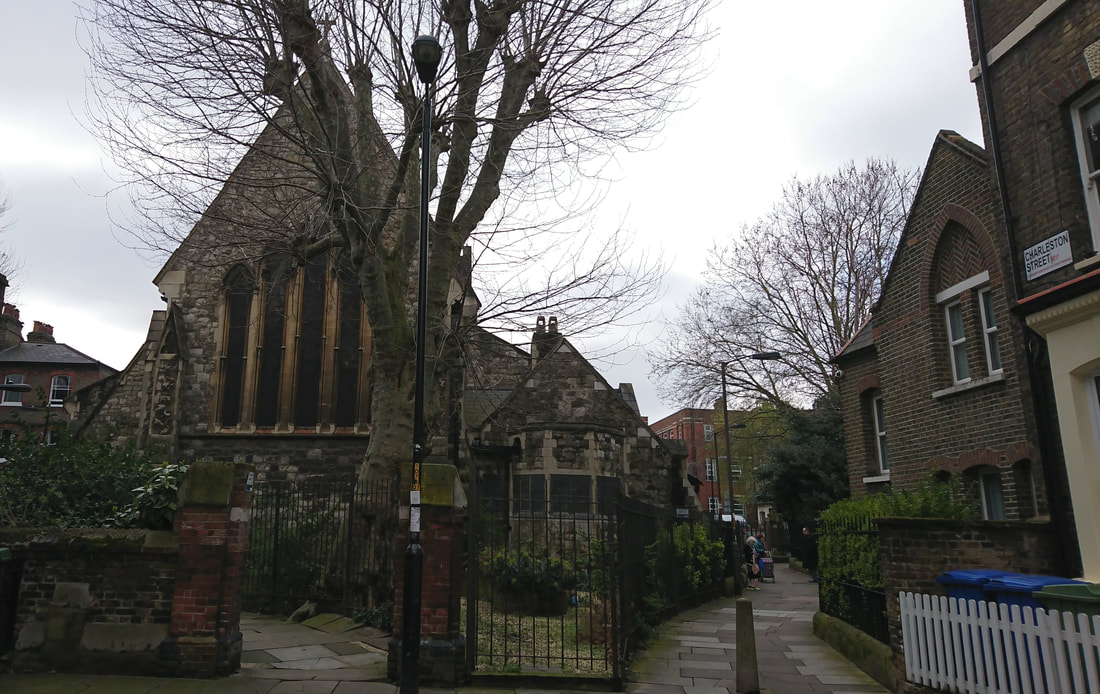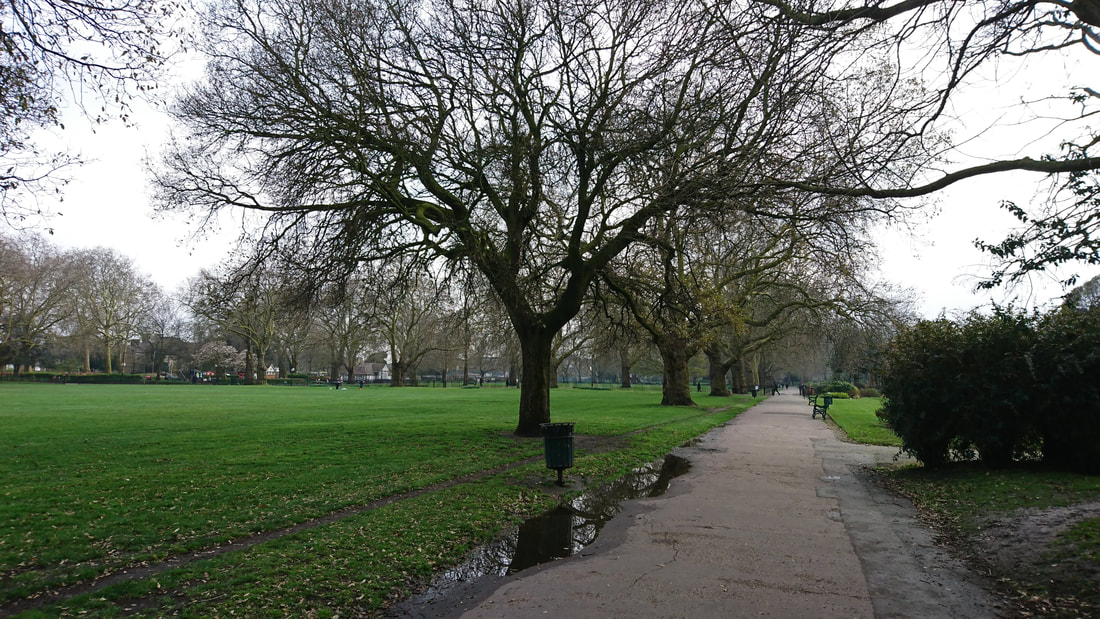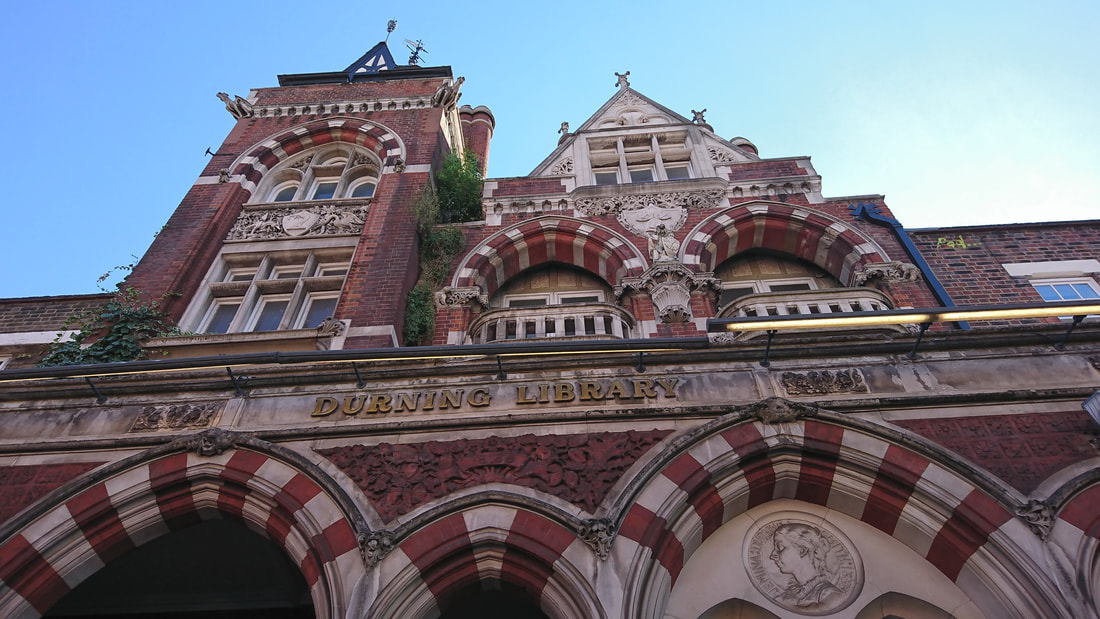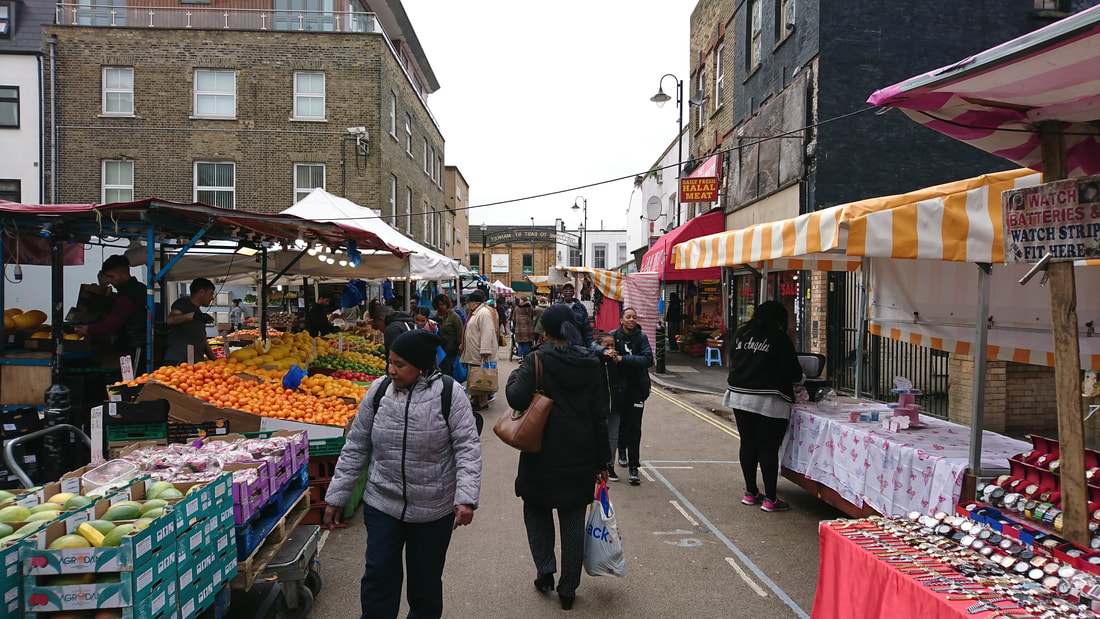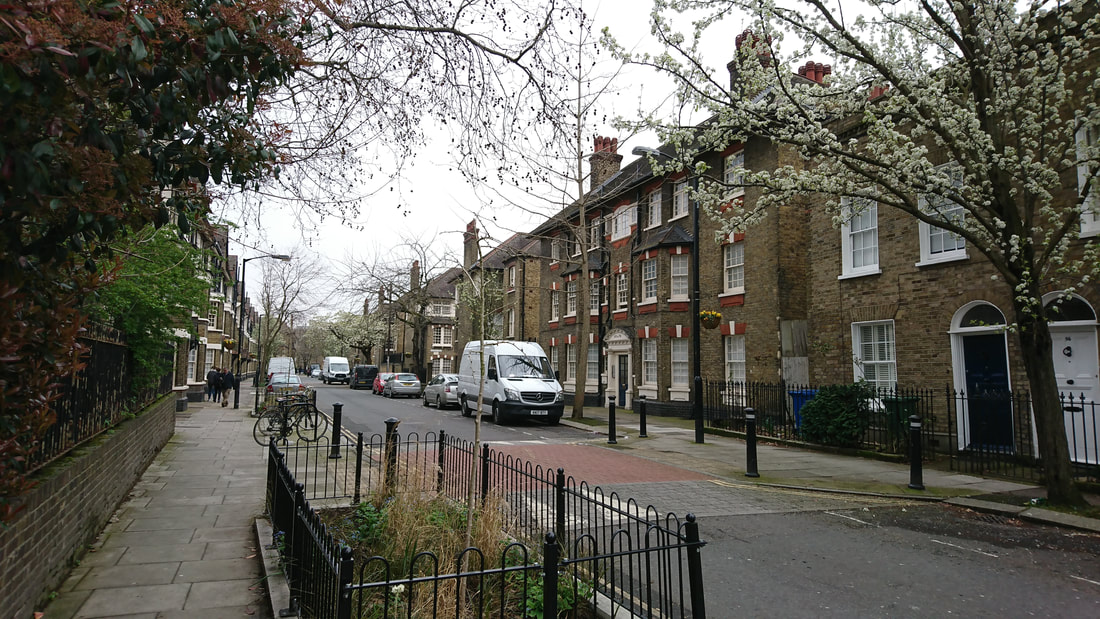Did you know?
Charlie Chaplain was born East Street, 1889.
In the late 1890s, he lived in Lambeth
Workhouse (now the Cinema Museum).
|
Walworth was rural with market gardens and meadows. By 1746, the two commons (Walworth Common and Lower Moor Common became overcrowded as more people came to Walworth. Many people were so poor they squatted on the common which angered the rich! The wealthy used their influence to get an Act of Parliament enclosing the commons which allowed them to build on it.
The population grew fast and in 1870, the slums were demolished and very little of Walworth Common remained. During the 19th and 20th centuries, the area declined further. After World War Two, it became urgent to clear the slums and bomb damage. New housing estates were built in the 1960s. Today, these estates have been demolished as part of a regeneration programme due to be finished in 2025. Several notable people have come from this area, including Charlie Chaplin, Michael Faraday and Charles Babbage. |
We meet at Kennington Station We introduce ourselves over coffee before we begin the walk |
On the walk we see:
... and much more! |
Did you know?
Charles Babbage was born here, 1791. He
developed the first machines able to perform
mathematical calculations. He also created
the Analytical Engine - the revolutionary
device that led to the invention of computers.
.
Charles Babbage was born here, 1791. He
developed the first machines able to perform
mathematical calculations. He also created
the Analytical Engine - the revolutionary
device that led to the invention of computers.
.
